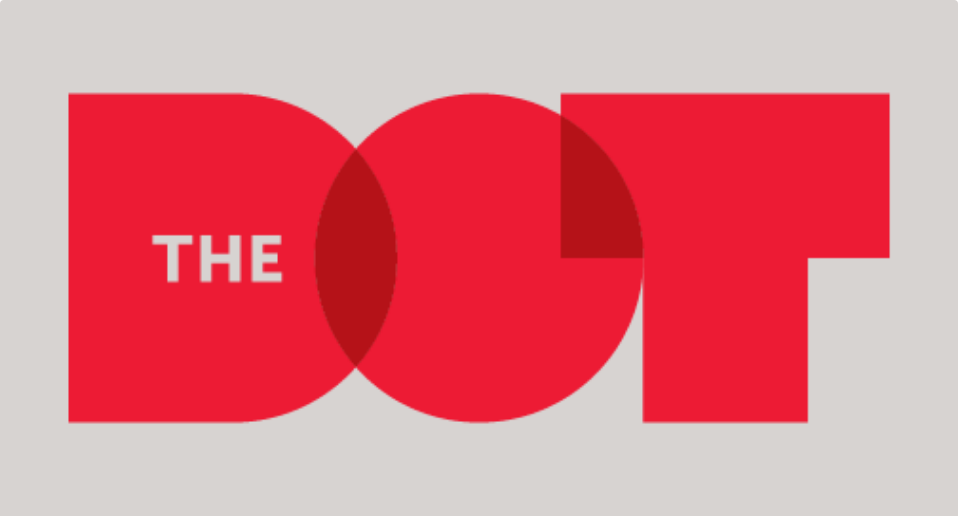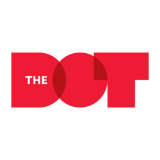Does PR Provide Positive ROI?

| Red Dot | Public Relations + Content Marketing
One of the most common questions we get from clients is, “How do we prove the ROI of our efforts?” The answer to that question can come in varying degrees of complexity, depending on exactly what those efforts are. For instance, the link between marketing efforts and sales results can be pretty easily made in the case of a well-executed lead-generation campaign. For PR, however, the answer is more complex.
If you find yourself wondering how to determine the value of PR, here are a few considerations to keep in mind, along with an overview of Red Dot’s approach to PR measurement.
What are the objectives of your PR efforts?
This is the most fundamental question that needs to be answered in order for us to develop a PR strategy (let alone a measurement strategy that shows its effectiveness). Many people immediately jump to the numbers when asked this question, e.g., “Our goal is to get 150 editorial placements this year.” But we’d encourage you to first take a step back and think about higher level objectives of your PR efforts. After those are determined, you can start setting more specific goals around the media results.
HERE ARE EXAMPLES OF WHAT SOME WELL-DEFINED PR OBJECTIVES SHOULD LOOK LIKE.
- Objective 1: We want to increase awareness of product X by 20 percent among farmers by the end of year.
- Objective 2: We want to be viewed as the most knowledgeable technical experts in our industry about topics A, B and C, as compared to competitors X, Y and Z.
The importance of benchmarking
In order to set meaningful objectives like those above, you need to know where you stand with your audiences. Moreover, to be able to show whether your efforts were effective at the end of the year, you need to know what your baseline was before starting the PR efforts. One of the best ways to do this is with a recurring survey of the audience(s) you want to reach.
Now, set the strategy (and the numbers)
The benchmarking survey will help uncover awareness or perception problems that we can aim to address through earned media coverage. From there, we can start to build out strategies and tactics, and begin setting goals for media results. For instance, to work toward the “being viewed as the most knowledgeable technical experts” objective, we would develop a list of priority article angles and opportunities that demonstrate your knowledge on topics A, B and C, and we’d set specific goals around coverage of those topics as compared to competitors X, Y and Z. Once those goals are set, we move on to measuring them.
PR measurement – the Red Dot way
Those of us who’ve been in PR for a hot minute will remember the days of manually flipping through dozens and dozens of print magazines each month to tally our clients’ and their competitors’ coverage, then adding it to a spreadsheet with estimated circulation numbers for each placement. Maybe we’d even mark that up with a “pass-along” estimate of secondary recipients of the magazine. Thankfully, we’re much more efficient (and accurate) today.
There are a handful of PR measurement platforms that all have similar functionality. At Red Dot, we use Meltwater, but have experience with a number of other platforms, including Cision, Critical Mention, etc. These tools help automate much of the listening based on Boolean search queries that we set up to monitor coverage on key topics, for key competitors and in specified media outlets. From there, we manually tag relevant coverage to be pulled into custom dashboards that we create to track progress against our clients’ specific goals. The widgets we pull into those dashboards will depend on the goals, but they may include the following:
- Estimated reach: Meltwater has a calculation for determining the estimated reach of each individual placement. We often break this out by topic and competitor. For instance, if you have a goal such as, “Lead the share of voice (SOV) on topic X among competitors A, B and C,” we’d pull total estimated reach as a percentage of total industry coverage for the identified list of companies to determine our clients’ share of voice on that topic.
- Google analytics: This widget can provide a picture of what types of articles brought users to our clients’ websites.
- Social echo: This widget shows number of mentions and estimated reach based on social posts sharing our clients’ and their competitors’ editorial coverage.
- Top sources: Track which outlets are most commonly covering you and your competitors, and identify where your competitors may be taking advantage of opportunities that you are not.
- Sentiment: These widgets track whether your and your competitors’ coverage is trending negative, neutral or positive.
- Trending topics: These widgets give you insight into keywords and phrases that are trending within the competitive landscape you’re monitoring — helping to identify timely and relevant topics that your company can weigh in on.
Metrics to take with a grain of salt
- Number of placements: Keep in mind that not all placements are equal in value — a one-word mention is not equal to a full feature article dedicated to your brand. That’s why we suggest manually tagging coverage and limiting what populates in the dashboards to those key topics and outlets that align with your PR goals.
- Results from wire distributions: When you distribute something over the wire, hundreds of news aggregation sites will pick it up via RSS feeds. Although tools like Meltwater do have relatively accurate reach estimations for many types of placements, they’re inaccurate when it comes to these news aggregation sites. For instance, a wire release will commonly get picked up by sites like Yahoo! Finance. It might show an estimated reach in the millions, but that’s not remotely reflective of how many people actually read that release on the Yahoo! Finance site. We take all results from wire distributions with a grain of salt, unless there is clear involvement from editorial staff where the story posts, and not just a direct pick-up from the RSS feed.
- Ad Value Equivalency (AVE): This is an antiquated metric that was more effective in measuring the value of print coverage. It compared the page space of your editorial to the cost it would take to purchase that space as an ad. But even in print, that’s a flawed idea, as you can control what an ad says and how to use that space. For digital, it’s a rather meaningless metric, since ad cost is generally impression-based and not space-based (among many other reasons).
So … does PR provide positive ROI?
The short answer is yes, it can, but it might not come in the form of sales that are directly attributed to earned media coverage. Depending on the objectives you set (and whether you achieve them), you may have to help us determine the ROI. So, we might answer this question with another question — What value do you assign to a 20 percent increase in awareness among farmers, or to being viewed as the most knowledgeable brand compared to your competitors? That’s something we should discuss early on in this process.
READY TO ASK US ABOUT PR ROI?
We’d love to talk shop. Drop our PR team a line at aamensen@reddotad.com.



